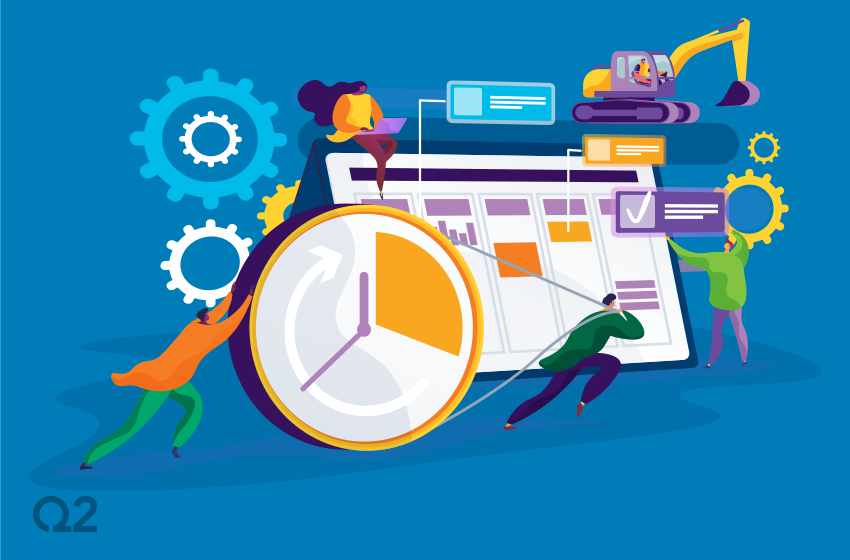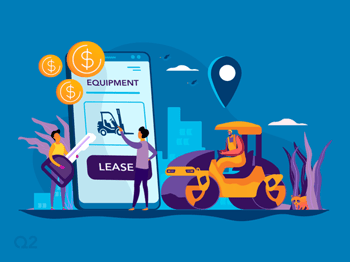The move toward usage-based leasing services has gained new urgency.
The COVID-19 pandemic has forced lessees to rethink and reprioritize how they weigh the value of the usage they are getting from their leased equipment. With the pandemic disrupting almost all of the conventional metrics for measuring costs against benefits, these new pressures are driving a transition toward a usage-based leasing model.
Today's lessees have been propelled by automation and equipment finance transformation into touchless, streamlined, more efficient operations. They understand the flexibility of equipment lease payments, tied to equipment usage, could very well determine how well they can weather the current pandemic’s impact on the economy (or if they can weather it at all).
Mukul Mittal, vice president of industry solutions in Q2’s lending and leasing group, observed that the pandemic has offered many examples of how a usage-based lease model holds promise for lessees. Mittal says business models are broken; organizations are starting to look at options to move to a pay-per-use model as cash-flow disruptions have them looking much more critically at expenses. Suddenly, a fixed monthly lease payment for a piece of equipment that has been rendered inoperable by the pandemic comes into clearer focus as a liability on their balance sheet.
In contrast, a usage-based lease model recognizes the stark reality of idle equipment—and doesn’t penalize the lessee for it. Mittal offers a hypothetical example; closures during the pandemic have cut the usage of dental equipment dramatically. If dental offices could flip their lease models into pay-per-use and have equipment shared among other offices, it could provide welcome relief.
As businesses reevaluate their fixed expenses, including lease payments, they’re considering what equipment is central to their business model and how much they need to commit to paying to cover its use. “This evaluation is not unique to leasing, but the process of fixed payments for equipment is what everyone is reassessing,” Mittal said. “They are asking themselves, ‘How can I sustain this outlay in the long term if the pandemic has a second burst of an outbreak?’”
How usage-based leases better serve lessees
Mittal also said promoting this sharing of usage would be counter-intuitive for the manufacturer because it reduces the amount of equipment sold. But he feels vendors need to rethink their business model to sell or lease under a usage-based model to generate revenue at a similar level.
“No one will be buying or leasing at pre-pandemic rates, so a usage-based model is the best alternative,” Mittal pointed out. “The investment climate is going to slow down and may take another year or far longer to rebound, so the only effective way to provide equipment is to do so on a usage-based model.”
In a coming blog, Mittal will explore how automation can help facilitate the transformation to a usage-based leasing model.
Related Resources:
Dig deeper into the world of vendor finance with our eBook, "Vendor Finance in the New Normal Depends on Digital Transformation."
Download the infographic, "Top 3 Challenges of Vendor Programs."





